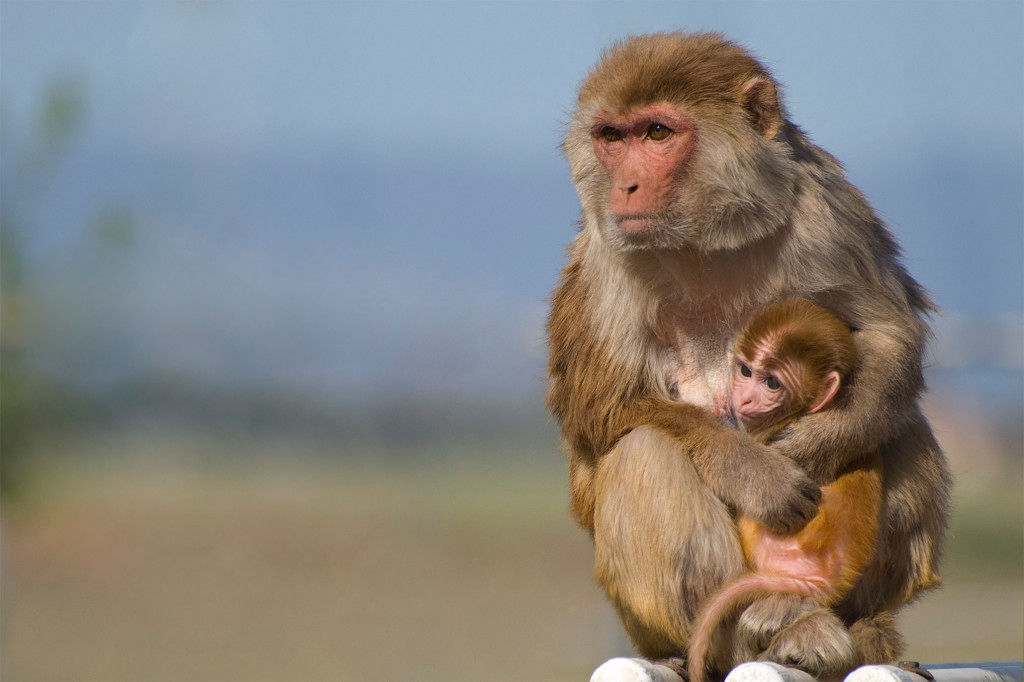
Rhesus monkey
The Rhesus monkey (Macaca mulatta) is one of the most adaptable and commonly observed primates in the Great Himalayan National Park (GHNP). These social and intelligent mammals are an important part of GHNP’s rich wildlife and can often be seen in the lower and mid-altitude zones, especially in forested areas along the Tirthan and Sainj valleys.
While commonly found throughout the Indian subcontinent, the Rhesus monkey in GHNP plays a unique role in the ecosystem due to its interactions with native flora, fauna, and even nearby human communities.
Habitat and Behavior in GHNP
Rhesus monkeys are most commonly found in broadleaf forests, oak-pine zones, and sometimes near buffer villages adjacent to GHNP. These monkeys are highly arboreal and terrestrial, meaning they move with ease both in trees and on the ground.
They live in large troops with complex social hierarchies led by dominant males. Early morning and late afternoon are the best times to observe their activity—whether they’re foraging, grooming, or playing.
Diet and Ecological Role
Rhesus monkeys are omnivores and eat a wide variety of food: fruits, seeds, leaves, roots, insects, and even small vertebrates. Their foraging behavior helps disperse seeds, supporting forest regeneration in GHNP.
They are also prey for larger carnivores such as leopards, forming a critical link in the park’s food web.
Conservation and Human Interaction
Although the Rhesus monkey is not endangered, it is a protected species under Indian law. In areas surrounding GHNP, these monkeys sometimes come into conflict with humans—raiding crops or scavenging from waste. Inside the park, however, their natural behavior can be observed with minimal disturbance, offering eco-tourists and wildlife photographers a chance to witness authentic primate dynamics.
Their adaptability makes them important indicators of ecosystem stability and habitat health in GHNP’s transitional zones between lowland forests and high mountain ecosystems.



